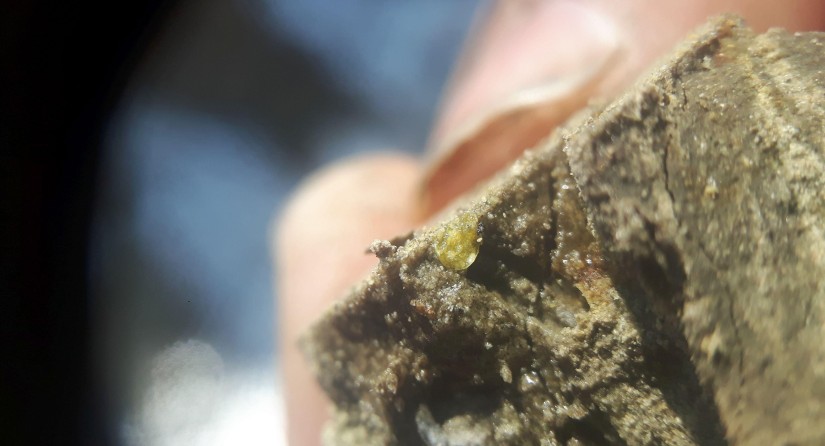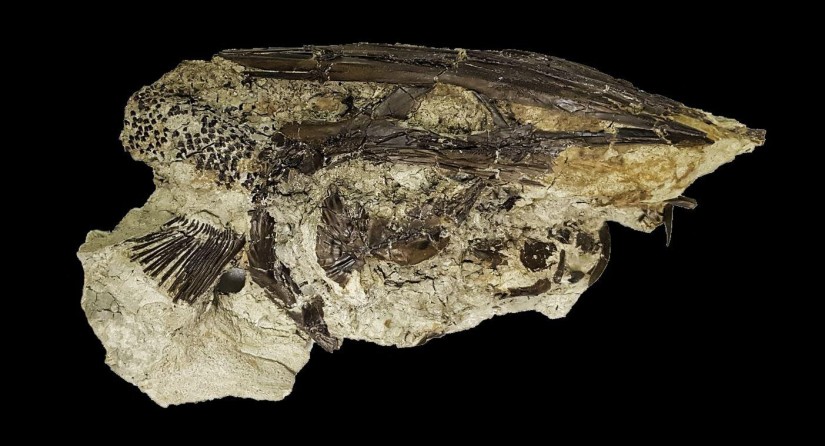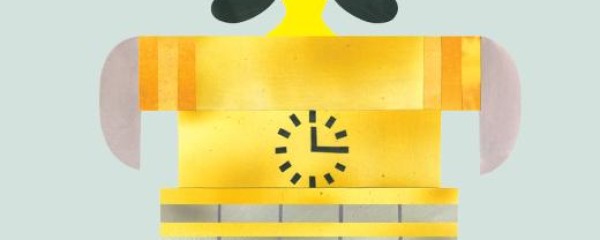Reign of the dinosaurs ended in spring
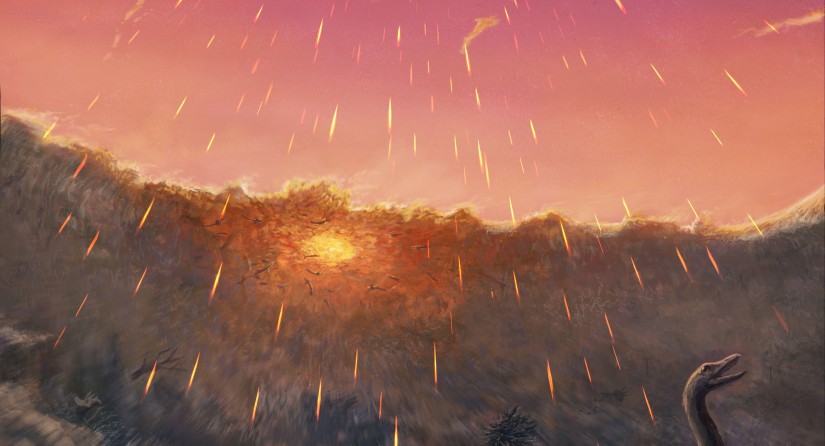
An international team of researchers has discovered that the asteroid that wiped out almost all the dinosaurs came down in spring. This is indicated by the growth and feeding patterns of fish that died immediately after the impact.
Palaeontologists agree that a massive asteroid impact around 66 million years ago on the Yucatán peninsula in nowadays Mexico marked the end of the non-flying dinosaurs, along with three quarters of all fauna at that time: the fifth mass extinction. Since it was presented in 2019, the Tanis site in North Dakota, USA, is one of the most promising sites about that milestone in Earth's history. It houses fossil fauna and flora: remains of dinosaurs, pterosaurs, a mosasaur, mammals, fishes, an ants' nest, plants ... They were covered in sediment less than an hour after the Chicxulub asteroid impact and therefore fossilized extremely well.
‘The impact rocked the continental plate and caused massive standing waves in water bodies. These mobilised enormous volumes of sediment that engulfed fishes and buried them alive,' says Melanie During from VU Amsterdam and Uppsala University, who led the study published in Nature. Meanwhile, impact spherules – small melted rocks ejected from the crater – rained down from the sky less than an hour after the impact.’
Three times evidence of spring
The researchers found these spherules in the gills of the fossil sturgeons from the Tanis site, proof of their death shortly after the asteroid impact. They were clearly visible on the X-ray scans of the Synchrotron in Grenoble,' says Koen Stein, from Vrije Universiteit Brussel (VUB) and the Royal Belgian Institute of Natural Sciences. ‘We also studied the internal bone structure of six fossil sturgeons. From that you can read the seasonal growth, just like in trees. The rings not only tell us how old the sturgeons are, but also the season in which they died: when it was spring in the Northern Hemisphere.’
A second clue: the bone cells of the fish. Their density and size also change with the seasons. ‘In all studied fishes, bone cell density and volumes can be traced over multiple years. These were on the rise but had not yet peaked during the year of death,’ says Dennis Voeten of Uppsala University.
Another confirmation came from one of the fossil paddlefishes. The stable carbon isotope of that specimen was analyzed to reconstruct the animal's diet. The availability of zooplankton, its favorite food, fluctuated with the seasons and peaked between spring and summer. ‘When the paddlefish eats more zooplankton, it leaves traces in its skeleton: more of the heavier carbon 13 isotope relative to the lighter carbon 12 isotope,' explains Melanie During. ‘We saw in this sturgeon that the feeding season had not yet climaxed – death came in spring.’
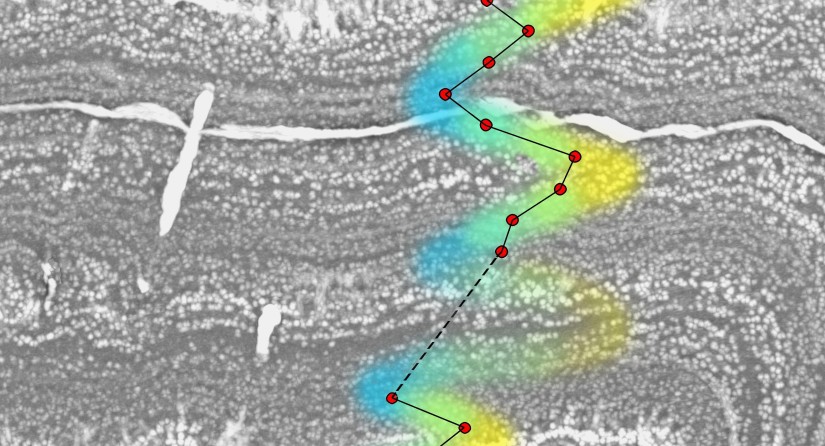
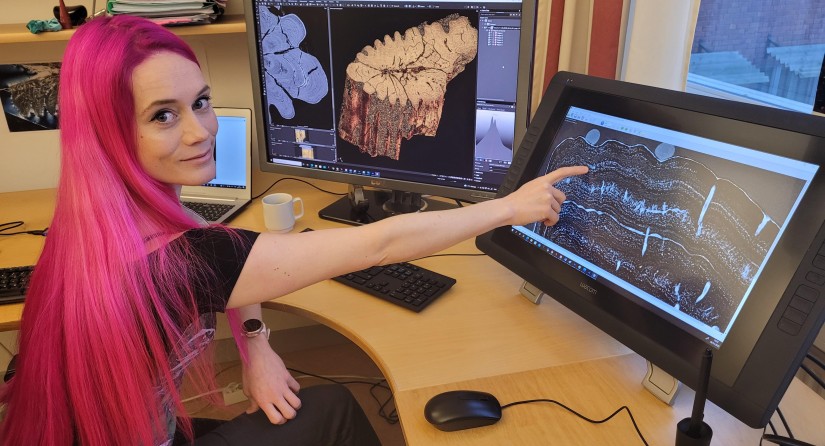
Sensitive moment
The mass extinction that followed in the thousands of years after the asteroid impact is a turning point in the history of life on our planet: the demise of all non-flying dinosaurs, pterosaurs, most marine reptiles, ammonites, ... while mammals, birds, crocodiles and turtles survived.
Melanie During: 'We now know that the asteroid hit at a sensitive time, when it was spring in the Northern Hemisphere, the season when many animals start their reproductive cycle. The incubation period for reptiles such as dinosaurs and pterosaurs is longer than for other animal groups, such as birds, so they may have been more sensitive to this sudden disturbance of their environment.’
And in the Southern Hemisphere it was autumn then. ‘Animals that had already begun their winter rest underground, including some early mammals, may thus have survived the first months after the asteroid impact, with large-scale forest fires.'
And in the Southern Hemisphere it was autumn then. ‘Animals that had already begun their winter rest underground, including some early mammals, may thus have survived the first months after the asteroid impact, with large-scale forest fires.'
Studies like this will help answer why some animal groups escaped the extinction wave and others did not.
